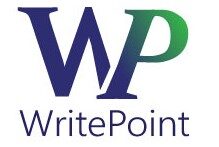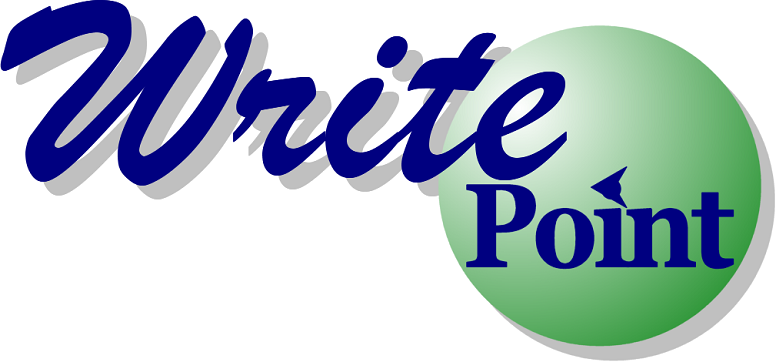One of the most expensive elements of any documentation release (new or updated), is the localization involved with making sure you can release your product globally. Conversely, one of the most tangible advantages that a company can feel relatively quickly is reduced translation costs.
With a document-oriented approach that considers an entire document a single indivisible unit, there are at least two main challenges:
1. As companies continue to develop new and existing products, they have to constantly update each set of product documentation accordingly.
From the documentation team’s perspective, it means that each document needs to be updated both in an original language and in all languages to which the content is translated.
Typically, even if only a small part of a document was actually changed, translation agencies receive the entire document. Because this document has already been translated in the past, it doesn’t make any sense to translate the same document from the beginning to the end again. Instead, translation agencies use translation memory tools to identify changed content. The memory tools identify content that has been translated already, emphasize the content, and thus allow translators to focus on the delta.
In reality, most translation agencies translate only these deltas. However, most still charge in excess of the delta to cover other issues such as reformatting, handling, management, and general processing of the document. Thus companies pay both for translation of the new content and, to some extent, “retranslation” of already existing content.
Make this simple calculation:
Let’s say you have a document with 25,000 words. Because this is a manual for the new version of a product, a majority of the document involves reusing content that already appears in other manuals and has therefore already been translated.. For purposes of this example, let’s assume that as far as the translator is concerned, the new manual contains only 5,000 new word, while 20,000 words came from the previous version.
Instead of sending the entire document and its 25,000 words to the translation agency (and paying processing costs on this full amount, using a DITA solution, your company would only have to send the new part. The translator would only “process” 5,000 words. relevant domains In this example, you can save almost 80%!
2. When a document is considered a single indivisible unit, documentation teams have to complete the document to send it for translation.
DITA offers a new paradigm: complete a portion of content (for example, a procedure), send it for translation, and while translators will be doing their work – move on to the next portion of content you need to write. From a business perspective, this means faster time-to-market.
Consider this:
Let’s say a technical writer has to write 20 new pages. Writing one page takes 3 hours. So 60 hours are required just to finish the content. If a translator translates 300 words per hour, about 16 hours can be required for translation. Mencosilsilaw . So only after 76 hours the content can be ready for delivery.
Now, let’s assume that the same 20 pages are represented by a certain amount of stand-alone DITA topics. For the sake of simplicity, we are assuming one topic takes 1 page so we have 20 topics. After a topic is finished, a technical writer sends it for translation and moves on to the next topic.
Translating one topic takes less than an hour and by the time it’s sent back to the writer, the next portion of content is being created. So because a writer needs more time to complete a topic than a translator, all 20 topics can be written and translated within 60 hours.
You are probably asking if DITA can do all of this alone or if you need special tools. Usually, you do need special tools that let you:
- track translations (for example, the connection between the topic in an original language and all its translations)
- merge translated topics into the document
- compare versions
- and so on…
But there are ways to do much of this with tools that are not nearly as expensive as many companies assume, and there are workflows that help minimize cost even more.
I’m not saying you’ll get all these benefits completely for free. However, a possible return on investment has to be factored into the estimation. If you can save $1,000 on every $10 invested, you can be sure that your company will profit and your documentation will be more cost-effective.

